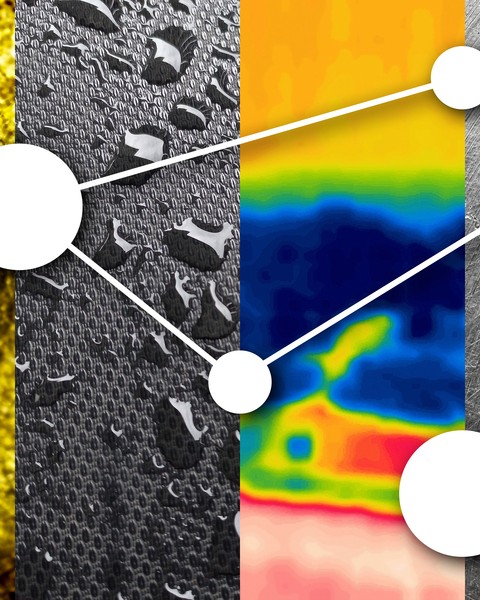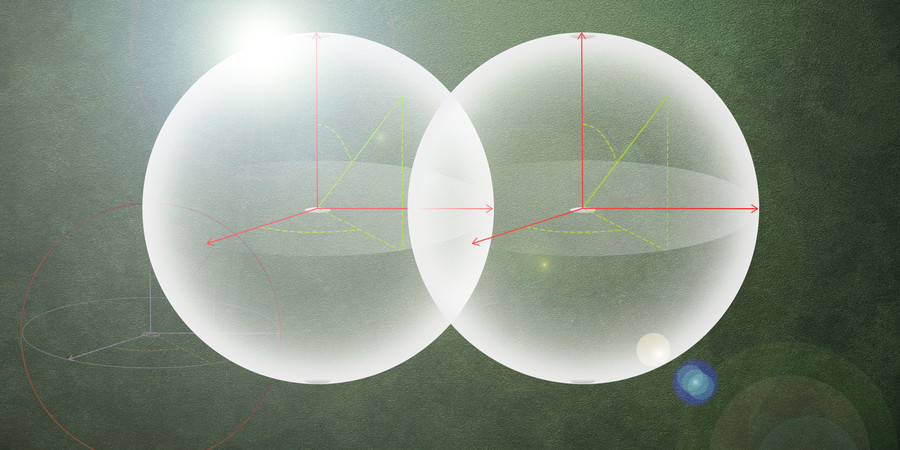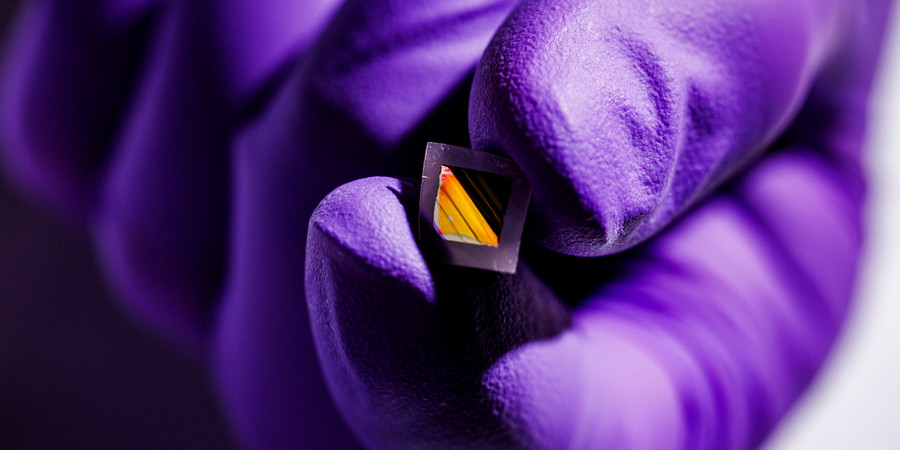December 7, 2023
Designing new compounds or alloys whose surfaces can be used as catalysts in chemical reactions can be a complex process relying heavily on the intuition of experienced chemists. A team of researchers at MIT has devised a new approach using machine learning that removes the need for intuition and provides more detailed information than conventional methods can practically achieve.
For example, applying the new system to a material that has already been studied for 30 years by conventional means, the team found the compound’s surface could form two new atomic configurations that had not previously been identified, and that one other configuration seen in previous works is likely unstable.
The findings are described this week in the journal Nature Computational Science, in a paper by MIT graduate student Xiaochen Du, professors Rafael Gómez-Bombarelli and Bilge Yildiz, MIT Lincoln Laboratory technical staff member Lin Li, and three others.
Complete article from MIT News.
Explore
MIT Engineers Advance Toward a Fault-tolerant Quantum Computer
Adam Zewe | MIT News
Researchers achieved a type of coupling between artificial atoms and photons that could enable readout and processing of quantum information in a few nanoseconds.
III-Nitride Ferroelectrics for Integrated Low-Power and Extreme-Environment Memory
Monday, May 5, 2025 | 4:00 - 5:00pm ET
Hybrid
Zoom & MIT Campus
New Electronic “skin” could Enable Lightweight Night-vision Glasses
Jennifer Chu | MIT News
MIT engineers developed ultrathin electronic films that sense heat and other signals, and could reduce the bulk of conventional goggles and scopes.




